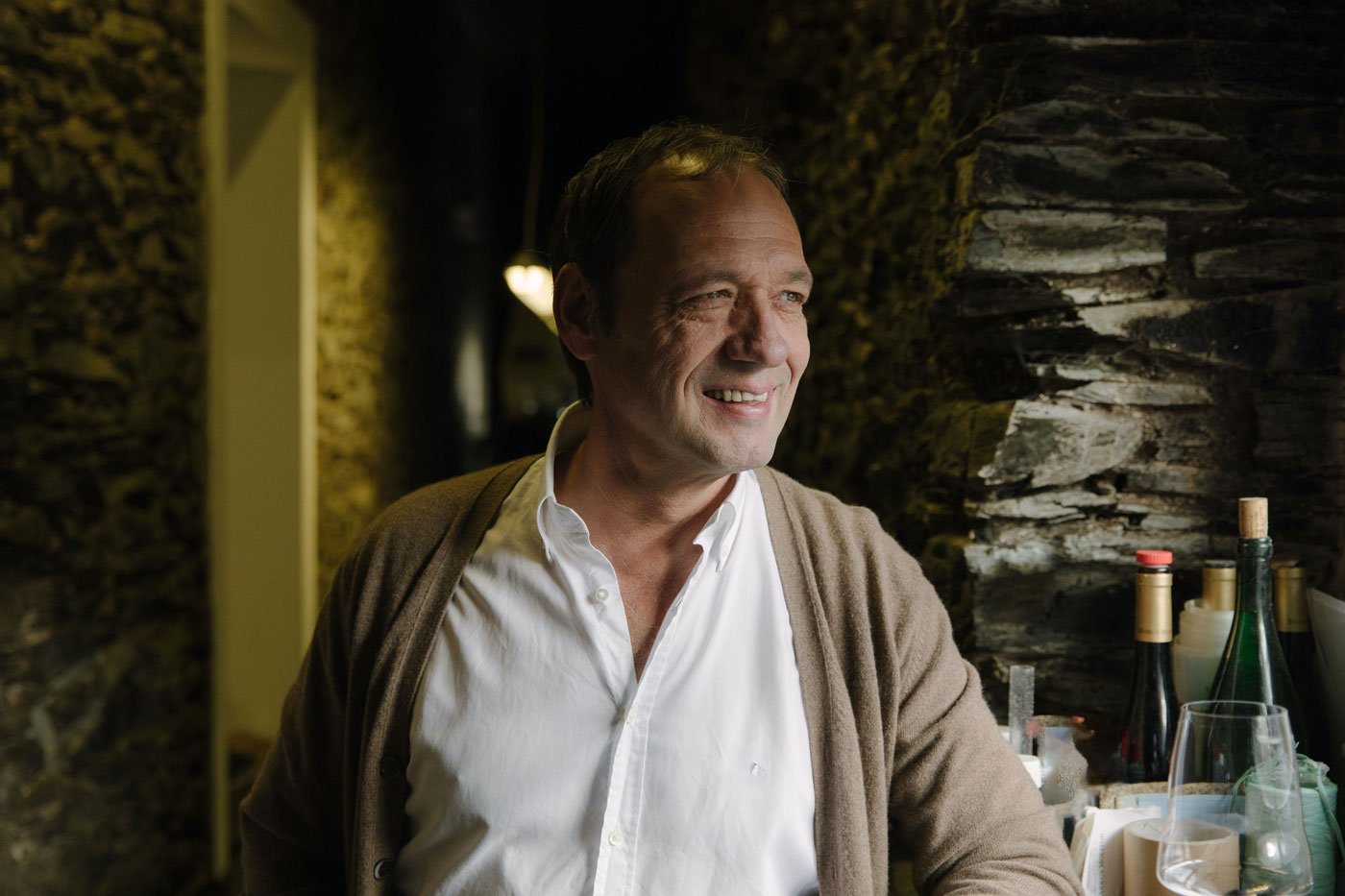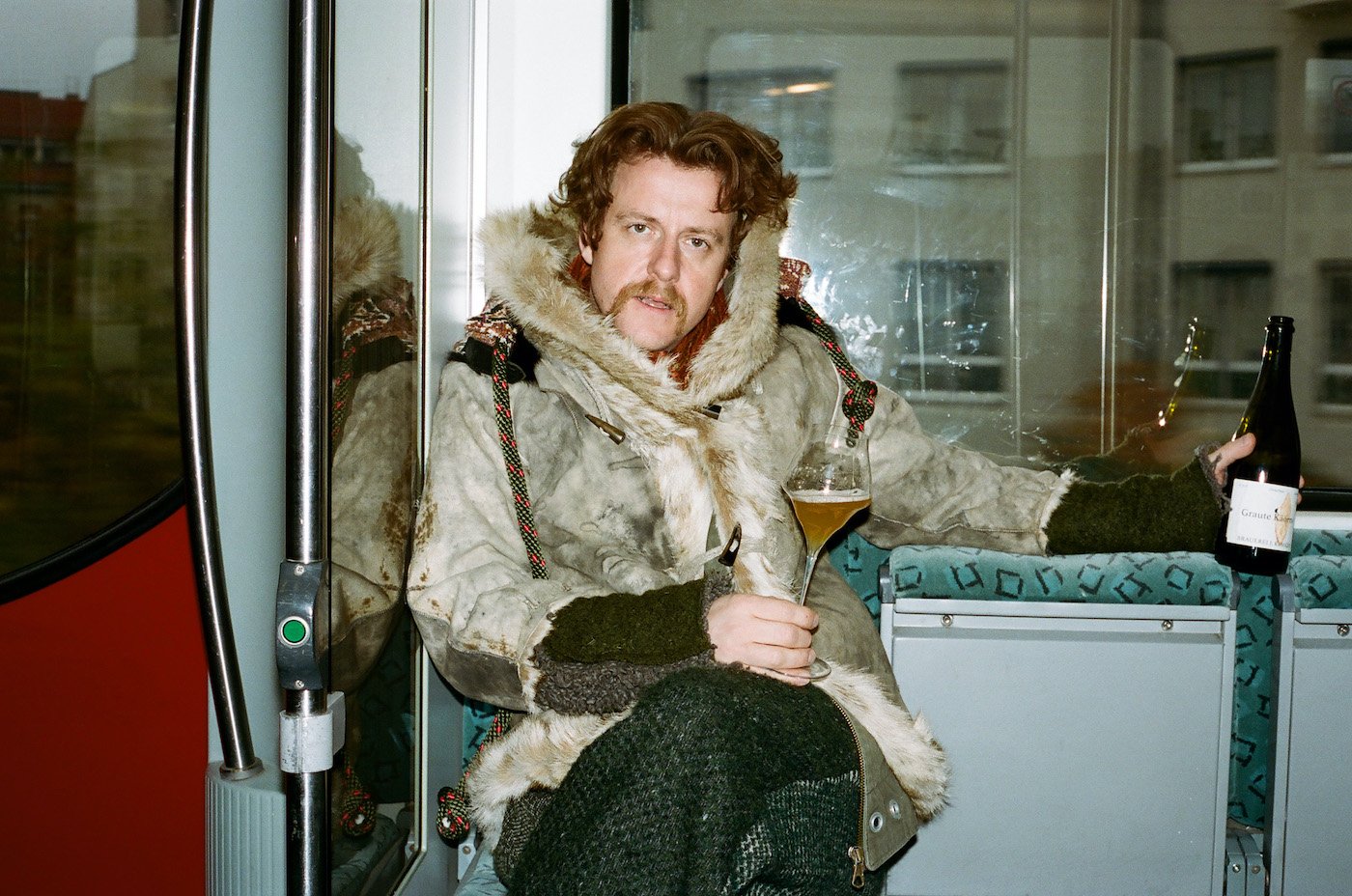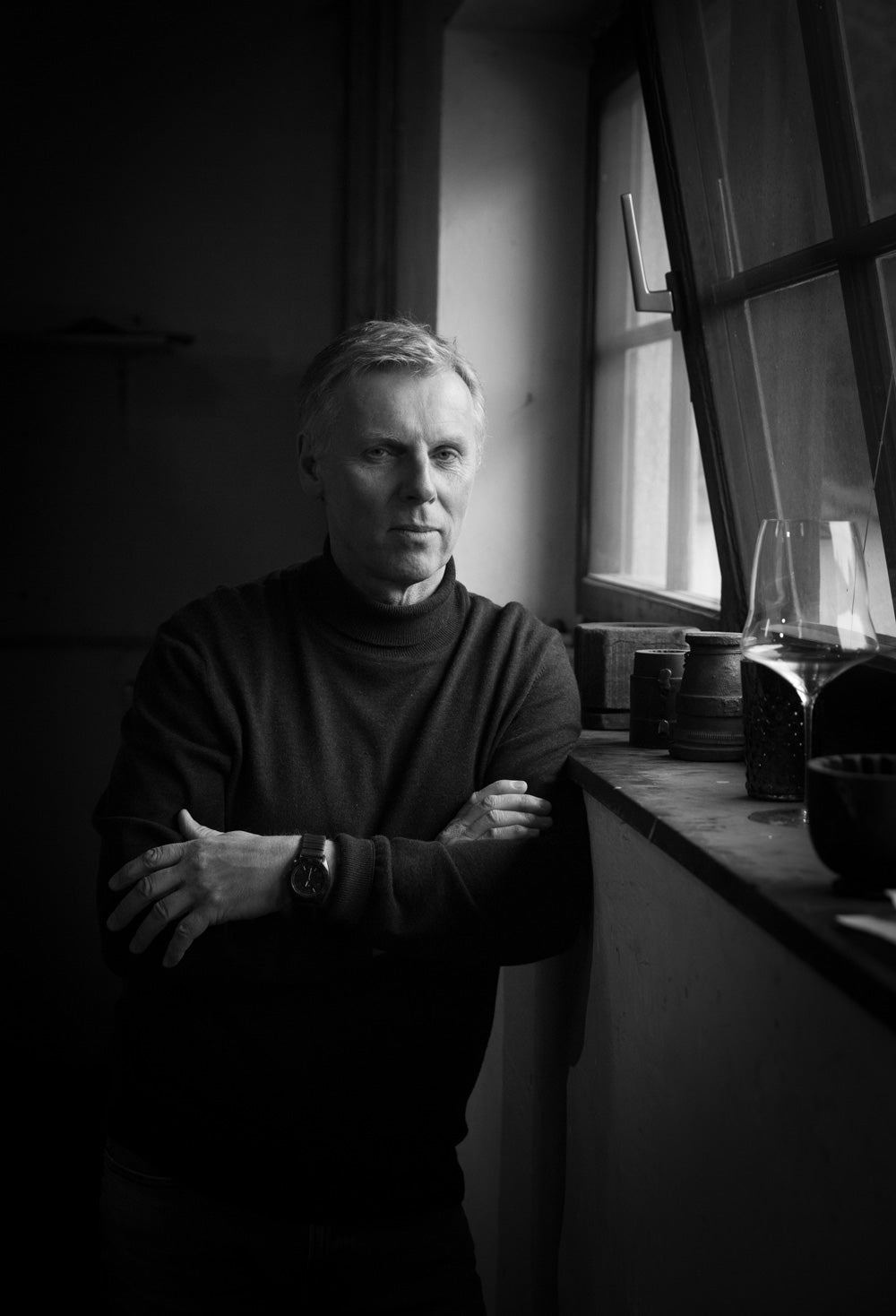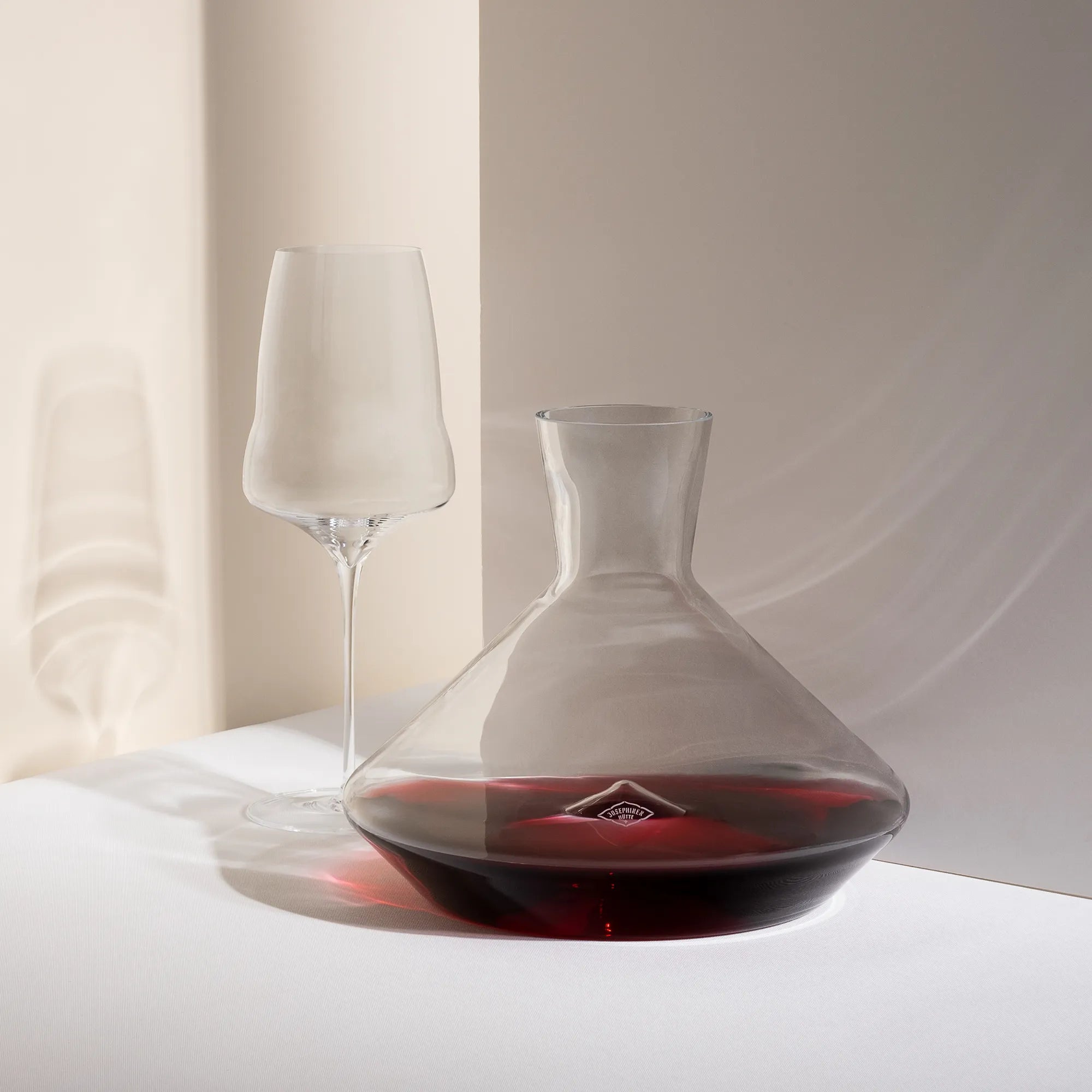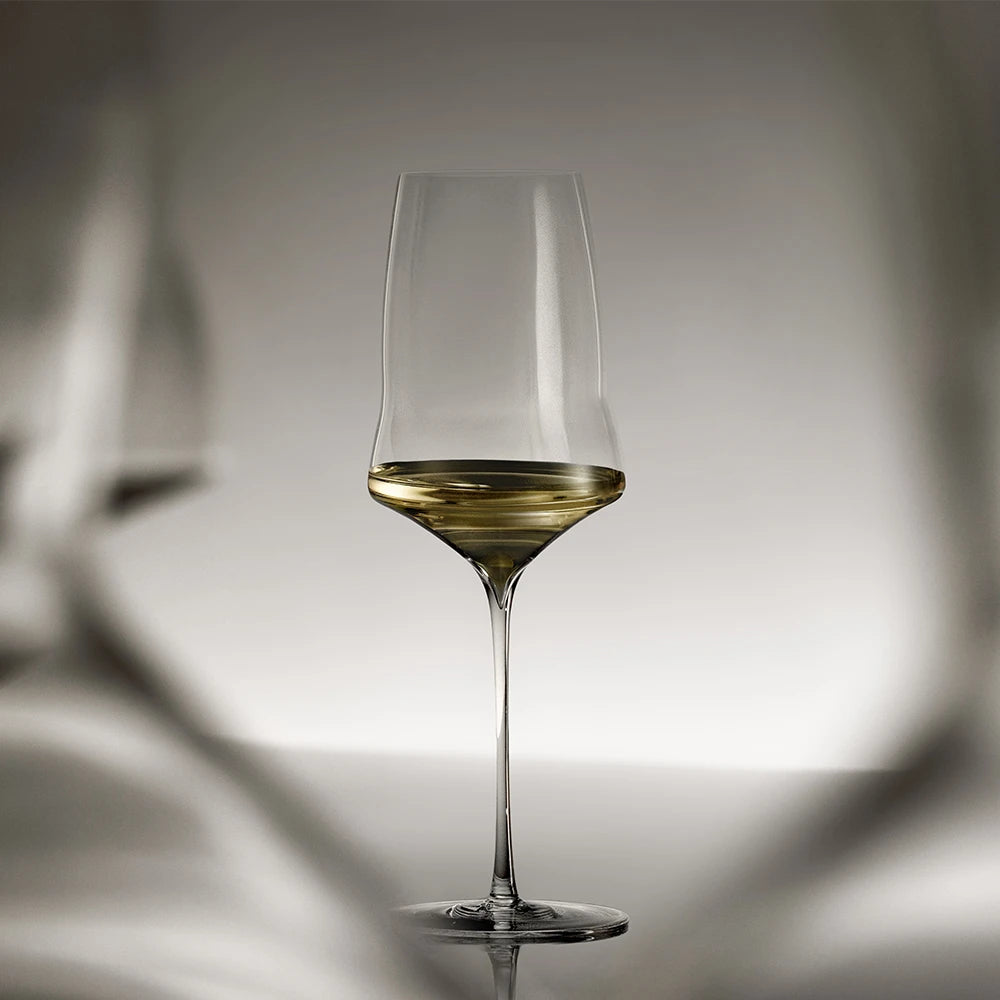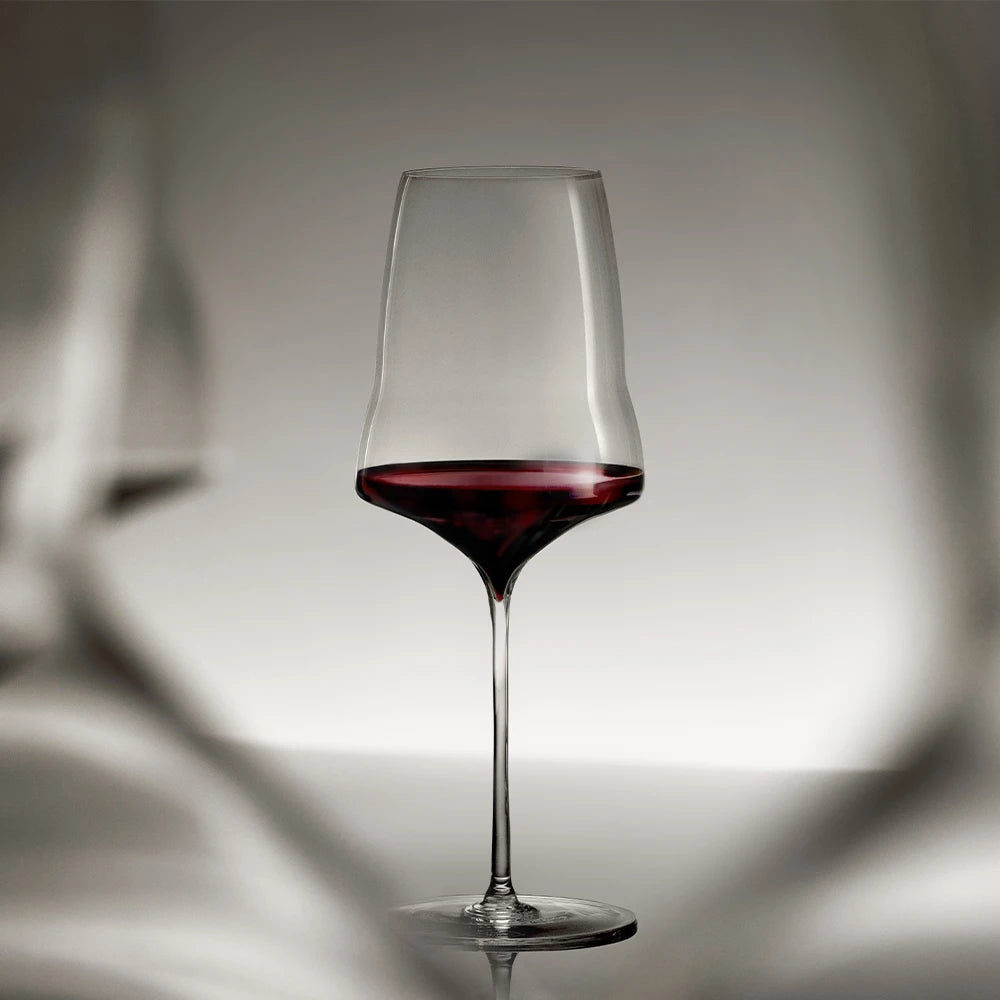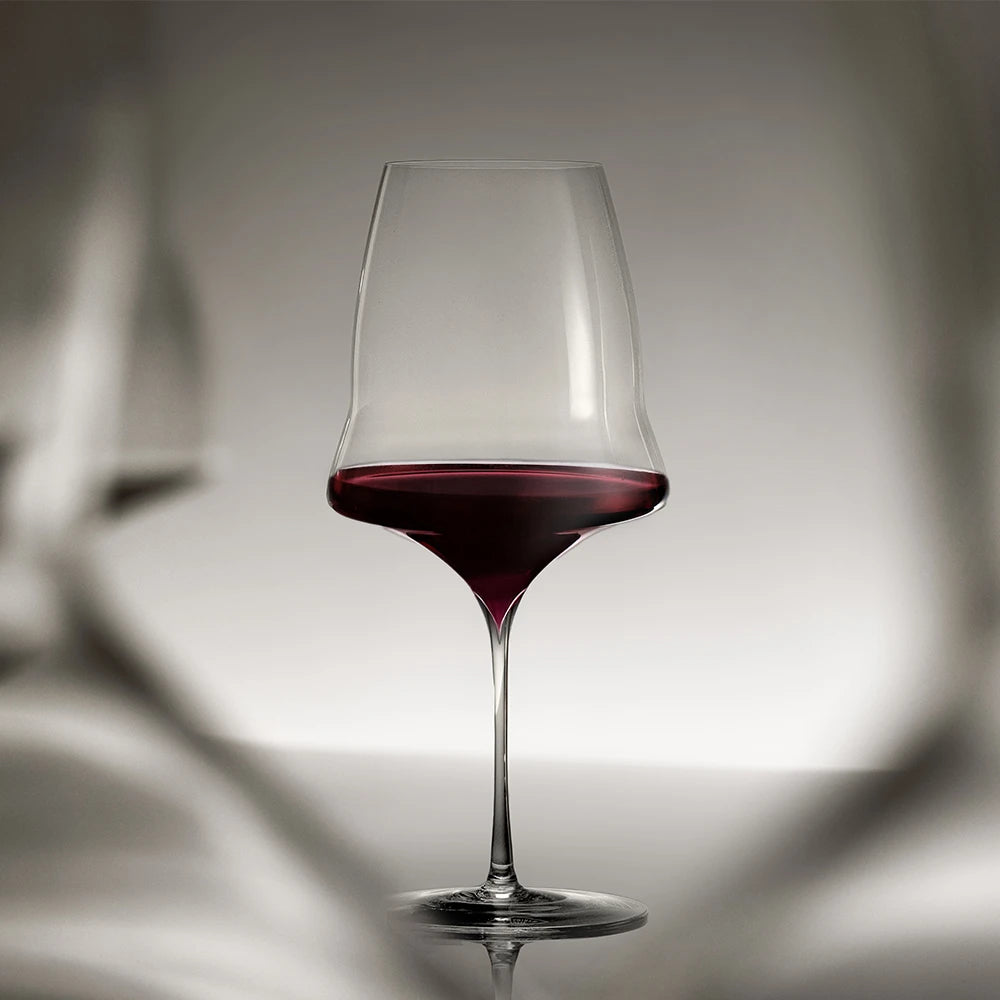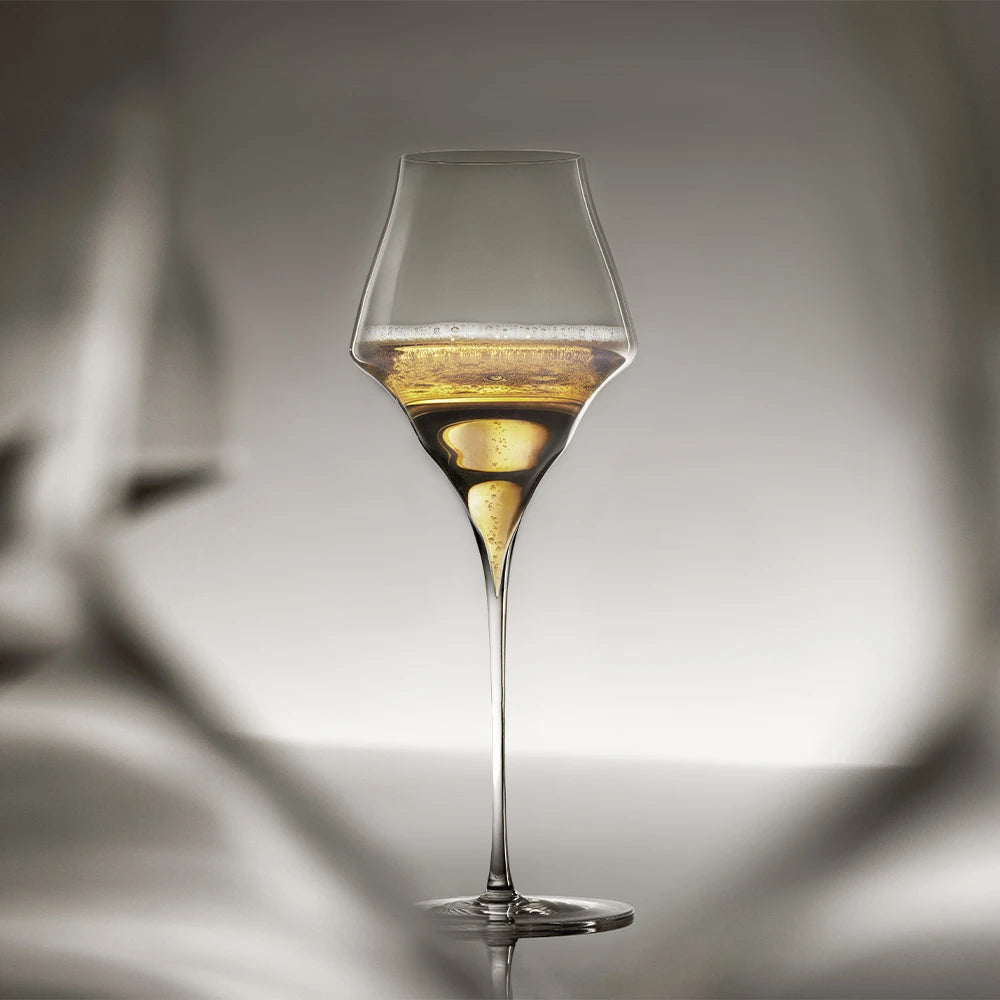Chiara Condello, a young, enthusiastic and passionate winemaker, was excited to share her first experience of the Josephinenhütte glasses. She feels fortunate to have been one of the first to test the prototype during the Prowein fair in Dusseldorf. “I got to use one the first glasses that were made, during a dinner with fellow wine makers and importers. It was a great experience because we first tried the wines from normal glasses and then again from the Josephinenhütte glasses – we immediately found the wine to be much more expressive, more open and the perfumes quite explosive.”

Coming from a family of grape growers in the Romagna region of Italy, Chiara grew up alongside her grandfather in the vineyards. At that time, it was more like a farm as they grew not just grapes but also fruits, wheat, and other agricultural crops to make a living. Today, she produces two wines from the Sangiovese grape under her own label, but the path to winemaking was not always clear.
After finishing her studies of Economics in Milan and achieving a Masters in International Management, Condello was ready to start work in the world of business. Before beginning her new job, she returned to her home in Romagna for a summer break, where her inner voice made itself heard. “Something just felt right, like it was calling me. I had grown up here knowing this life, following my grandparents in the vineyards and in the fields, after my studies it felt natural for me to be here in Predappio.” This was when she decided to start to work in the family winery Condé, and in 2015 she started her own label using 4.8 hectares of her family property.

"It is an impressive experience to taste the wines first from a normal glass and then in the Josephinenhütte glasses. The wine is much more expressive, more open and the scents are explosive"
Maybe one day the winemaker will grow other grape varieties, but for now her family is dedicated to the Sangiovese grape, and she follows the tradition - and also the belief that this grape has its origins in Romagna. Condello has a very clear idea of the connection between past and future and works with respect and a light hand. Organic cultivation is a must for her and the protection of the soil is her ultimate goal. This includes, for example, a nurse crop, which later serves as fertiliser, or restricting the use of copper and sulphur against fungal attack. She sees this approach as an expression of respect for nature and herself: "I am convinced that at some point consumers will no longer pay specific attention to whether or not a product carries an eco-label, because eco will be standard, both for producers and consumers. I believe that the younger generation of today will make that change."
Two red wines are currently produced by Condello, both Sangiovese, but completely different because the respective soils are massively different. "Le Lucciole comes from a small plot of land called 'Spugnone', which is Italian for 'big sponge'. It's a sediment that was below sea level three million years ago, a very hard sandstone, full of shell limestone, minerals and fossils. The soil is quite barren, so the grapes have to fight to grow, they remain small, but very intense. This gives me more time to process them, the maceration process takes much longer, as does the barrel maturing." Condello explains, "The Chiara Condello grows in three different soils, but the vines are all about 40 years of age. One is a deep calcareous soil, the second is a very light-coloured soil, also very rich in calcium, and the third is a red soil, rich in iron. From this mixture I compose a wine - light, fruity and elegant, with good acidity, which is very good to drink with a meal. This wine has a short maceration period, matures one year in the barrel and one in the bottle.

When tasting her wines, Condello uses Josephinenhütte glasses both in the cellar to taste from the tank during the winemaking process, and also in the tasting room. "These glasses actually make a big difference," she says. "I can determine the nuances of the wine much better, and during barrel tasting, it helps that I can not only taste the wine, but also look at it very closely. The Josephine is literally a transparent tool for detecting the most subtle nuances. I have had the chance to taste wines from the Josephinenhütte glasses both with clients and winemakers, and so far, my experiences have been very positive.”
Within only a few years, Condello has managed to make a name for herself in a male dominated field. “When I first came into my family’s winery, it was a bit intimidating, not because I was a woman but more so because I was so young. Today, after several years working in the wine industry things have become much better. Historically there have been many women who have worked in the wine industry, and there are even more today, so I do not feel alone. I have the desire to make wine and have the talent to do so. Women have a different touch than men, and this can only be interesting.”

About the author:
Amanda Courtney is the founder of Amanda’s Wine Adventures, a fun and educational wine tour company based in Piemonte. Amanda, a trained sommelier, has been part of the wine industry for the past 15 years and decided the wine life was best in Italy, where she coincidentally met her winemaker husband.

